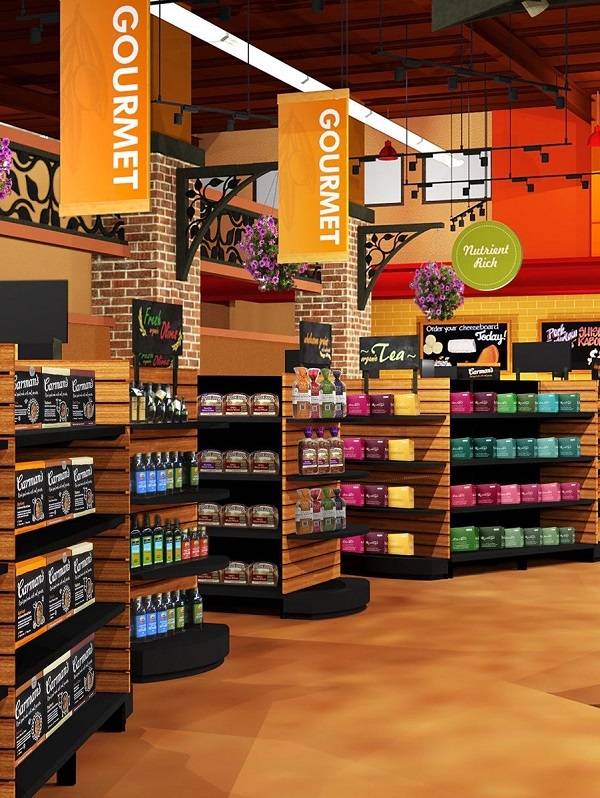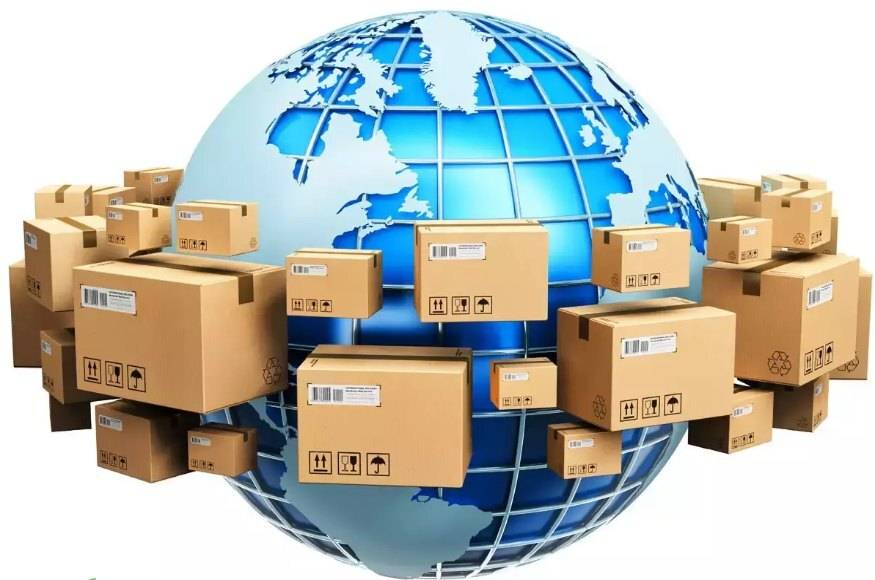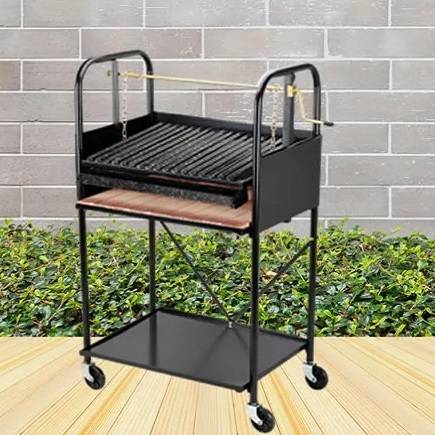- CatalogTop
Full catalog list - Food & BeveragePopular
Popular packed food and beverages
- Beauty & Self Care
Beauty and personal self-care products - Home & Garden
Home and garden supplies and accessories - Board Games
Most popular board games from Latin America - BrandsAll brands
Full list of all brands in the store. Browse all brands - IndustriesNew!
Filter products by desired business category - Services
See all services - See All Products
See full list of all products - Companies
Companies list
The Different Materials for the Packaging while Exporting Products

Thinking about exporting products?
When thinking about exporting to anywhere in the world you have to consider various things because your products are subject to different factors that can alter their usual states. Damages, bumps, breaks and even infectious microorganisms and even various climatic changes are variables that, if they are not taken into account when implementing different types of packaging in the export, you could have a negative experience with your customers, which can have an impact on the effectiveness of your future operations.
For this reason, we present the most important types of packaging in exporting, as well as the boxes that can be used for exporting and the rules that you can not ignore when carrying out the storage and the respective distribution of your products.
![]()
Metal
A metal container is defined as a rigid and consistent container that is manufactured from two main elements: steel and aluminum. Generally, liquid or solid products are deposited in a type of export packaging made of this material.
Characteristics of metal packaging in export:
- It is odorless, which preserves the taste of packaged food
- It is resistant to gases, vapors, liquids or strong light ingress
- It is rigid and compact against pressures or sudden movements
- Guarantees a much longer product life cycle
Glass
In general terms, when glass is used for export packaging, it is made in order to store liquid substances of all kinds, such as beverages, grains, pharmaceutical supplies or cosmetics.
Characteristics of glass packaging in export:
- In resistant to a possible internal pressure that may be exerted
- It also resists the impact of atmospheric or chemical agents
- Impermeable to gases, vapors and liquids
- It is a material with high hardness
- Preserves the taste of food and the smell of food
- Due to its composition, it is one of the most fragile materials
Plastic material
Plastic is perhaps one of the most widely used materials in the types of export packaging, especially in primary packaging.
Thanks to its properties and its low production costs, the use of plastic in export is highly versatile and adaptable to different products, which has generated a considerable increase in the use of this material on a global scale.
Characteristics of plastic packaging in export:
- Thanks to its texture and finishes, it is easy to make some impression on its surface
- Can be filled cold, hot and can be sterilized and pasteurized
- It is moldable, so it is possible to modify its shapes and colors
- It can be mixed with other ingredients to improve their resistance and, therefore, the durability of the content
- It is 100% recyclable
![]()
Paper, cardboard, corrugated cardboard and pressed pulp
We group these packaging materials for exports in a single category, since the main raw material for the manufacture of these elements is obtained from the pulp of vegetable fibers or, precisely, from recycled paper.
Characteristics of paper and cardboard packaging in export:
Important: this type of material is highly sensitive to moisture and fats, so it becomes essential to ensure loading units that protect the physical properties of this type of export packaging.
- It is very easy to handle, therefore, the conversion stages such as cutting, tracing and folding, become much simpler processes.
- It is 100% recyclable, but it is important to ensure optimal recovery for the production of new packaging.
Corrugated cardboard boxes on export
This type of boxes are one of the most used in exports, thanks to their compaction, protection, transportation and resistance qualities.
They are used to market a wide variety of products, among them, we can highlight the following:
- Fruit
- Veggie
- Confectionery
- Soaps, detergents and other cleaning products
- Textile
- Articles of footwear
- Appliance
- Industrial machinery
How to select the right type of packaging?
Make sure the product is compatible with the type of packaging
Keep in mind that the type of export packaging you choose for your products should not be in direct contact with the explicit content, nor should it modify its attributes.
It is vital that you analyze whether the packaging is suitable for the goods that you are going to market, otherwise the products may be altered in shape, smells and tastes.
Measures the resistance of the packaging according to the merchandise
The worst nightmare for an exporting company is that the products to be exported suffer bumps, falls or breaks due to the lack of packaging that corresponds to the weight and material of the merchandise.
Because of this, we advise you to find a balance between the type of export packaging and the product that will go inside. Make sure that the packaging material is resistant to fractions, compressions or different impacts that may occur during the transfer process.
To give you an example, high-value electronic items should be transported in shock-resistant packaging and strong movements. This will ensure that your goods arrive intact at their destination.
Analyzes the protective properties of the packaging
If your goods may be altered by factors such as humidity, water, lighting or some specific gases, it is essential that the type of export packaging you are going to implement has waterproof properties.
In this way, you will protect your products from different external factors that may modify their compositions.
Make sure that the type of packaging is easy to transport
Beyond ensuring that export packaging meets the necessary requirements to protect your products, it is also important that you take into account the ease with which they can be transported from their storage place to the point of shipment.
For example, if export packaging does not have properties that make it easier to slide on different surfaces, it will most likely end up getting stuck, which could affect the condition of the contents.
Calculate the production cost of export packaging
Finally, we advise you to identify if the costs of packaging are proportional to the products you are going to market.
Sometimes, it may happen that a specific export packaging material may have a very unprofitable value for a commodity, so we suggest you find a balance between your products vs. the packaging you use to store them.
Source: https://mundi.io/
© 2017 - 2024, Directoro.com, or its affiliates. Trademarks are the property of their respective owners.

